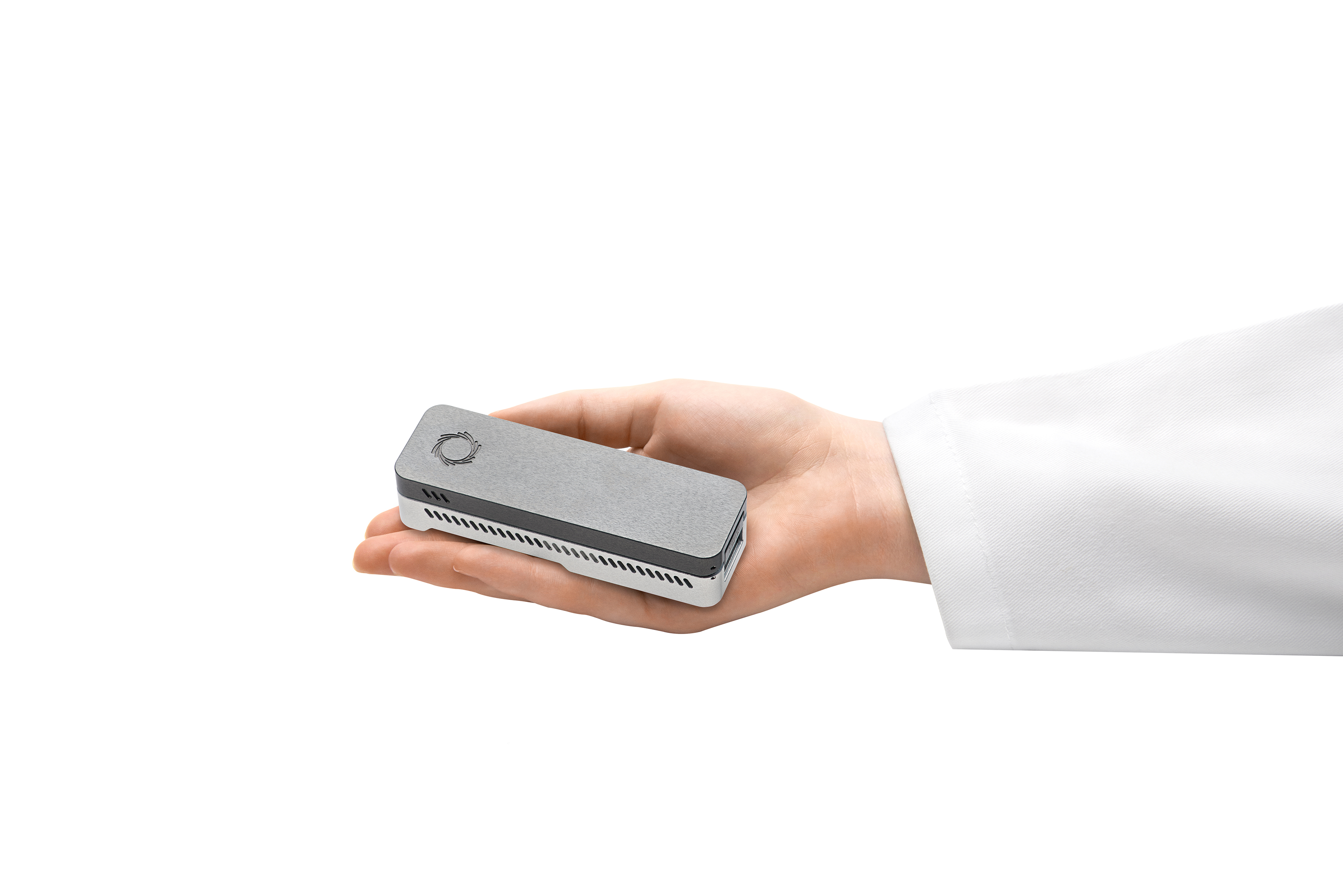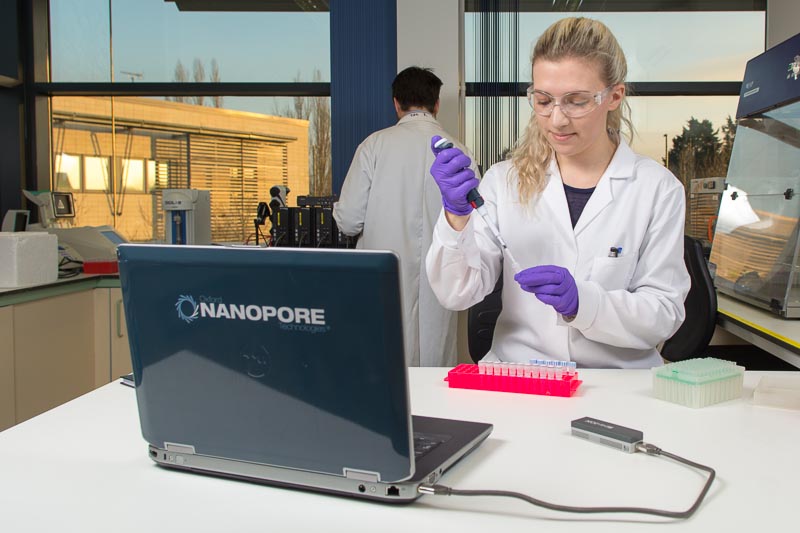This semester, some of my evolution students wrote blog posts over at
Evolution, Naturally Inspiring on recent scientific research as an extra assignment. We know there is a need to communicate beyond our institutions. Making the science we do as public as we can is an important part of public outreach. What better way to help educate people about what we do then do show them the process too.
 Assignment
Assignment: Each student selected a paper from the primary literature. In addition to reading the primary source, I asked the students to delve into the broader context of the research. They drafted an initial post which I reviewed and made suggested. My suggested were to aid clarity, rather than provide editorial censoring. I really wanted each student's voice to shine through the blog post. Student then submitted a revised version of the post for two peer reviews. The final product was a post around 1000-1500 words including some properly cited images.
Goal: To think and writing critically about recently published scientific research on evolution and present that research to a broader audience.
Link to PDF of full assignment
This semester we had a total of seven posts covering many topics in evolutionary biology. Hope you enjoy.


